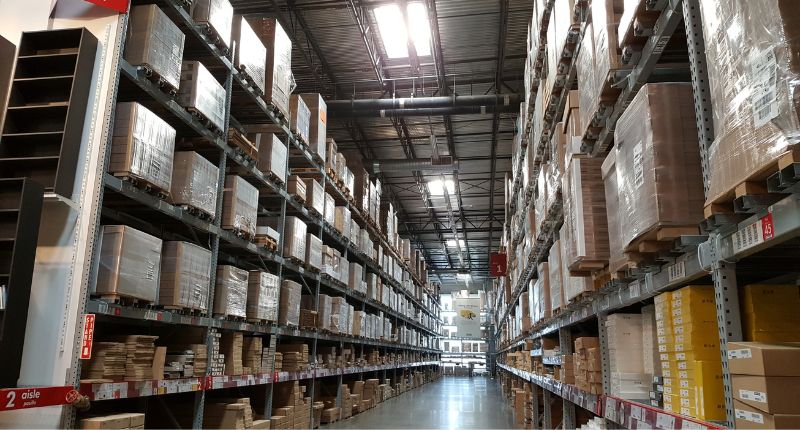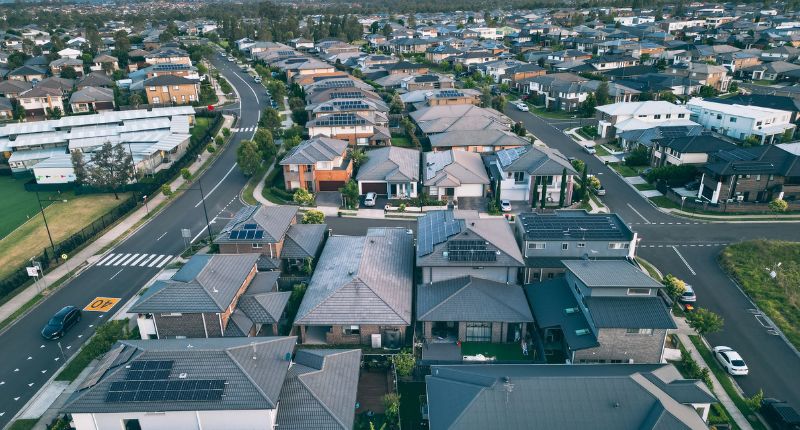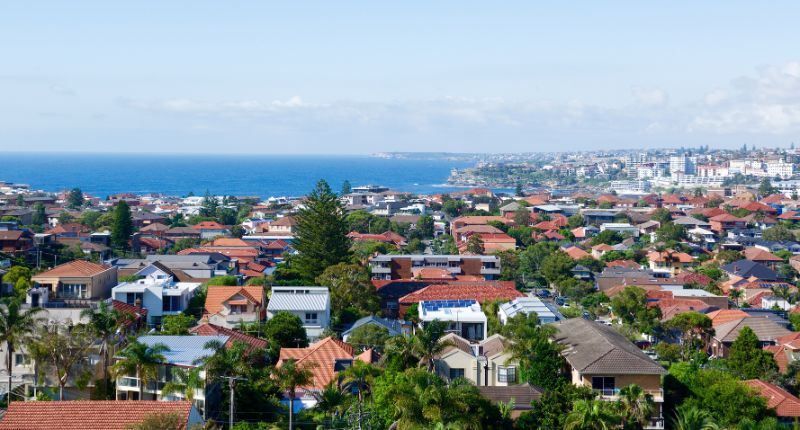
- Most commercial property markets have slumped since 2021-2022 peak.
- Total returns remain positive on account of steady income returns.
- Industrial the only asset which did not see capital returns drop into the negative zone.
It has been a rough year for Australia’s commercial property markets, according to the latest from Ray White. Finance has been harder to attain, as interest rates soared at break neck speeds.
Thus, investment activity has fallen substantially—listing and transaction volumes have dropped. At the same time, there has been an adjustment in capital values across every asset type through a rise in investment yields.
While still positive, total returns have been spiralling downwards
New data from the MSCI highlights how the total returns across all major asset classes have slumped since the 2021-2022 peak period.
Although total returns have stayed positive for most asset groups, these figures were shored up by robust income returns. Meanwhile, except for industrial, every asset type has seen its capital returns dip into negative territory.
Total returns down across all asset types

Retail investments free-falling
Retail investments have been struggling for a long time now. The rise of e-commerce harmed brick-and-mortar retail activity, depressing returns compared to other commercial asset types. Though returns performed better over the last couple of years when sales activity surged, it has since foundered despite its steady income return.
The average retail capital return tumbled into the negative domain of -2.7% in June 2023. This trend was consistent across all states— Victoria’s capital return was -0.7%, while Western Australia’s was -6.0%.
These capital changes have affected all segments of retail. The capital returns of super and major regional centres plummeted to -1.9%, while neighbourhoods had a capital return of -4.4%. Nevertheless, income returns stayed robust at 5.3% and 5.2%, respectively.
Work-from-home posing challenges for office assets
The post-pandemic acceptance of work-from-home has set back the office asset class. Plagued by high vacancies, landlords have resorted to strong incentives to attract tenants, affecting effective rental rates.
Central Business districts (CBDs) have been hit much harder, with their total returns falling to -2.3%, while non-CBDs stand at -1.3%. Importantly, these figures were being propped up by stable income. Capital losses, on the other hand, have averaged -6.5% and -6.1% respectively.
The worst performers were Canberra, Sydney, and Perth, with capital returns of -11.1%, -7.2%, and -6.4%, respectively. Parramatta was the worst-performing non-CBD market, with a capital return of -13.2%.
Industrial demonstrates resilience amid poor economic conditions
Bucking the trend, industrial performed well over 2023, driven by high demand for industrial stock and a nationwide supply shortage. Though the remarkable rental growth experienced in recent years has dwindled, capital returns remained positive in most regions. Sydney led the charge with a capital return increase of 5.1% in June 2023, while Melbourne was the sole market recording an annual decline, down 0.2%.
Industrial investment yields have hit record lows, with some investment types experiencing capitalisation rates below 4% despite being the best-yielding asset class historically.
Investment yields move upwards

Logistic assets and industrial parks posted the lowest capitalisation rates at 4.5%, with the stock shortage and income stability associated with these assets continuing to entice investors.
The reason behind the rise of industrial assets
Ray White’s head of research, Vanessa Rader, explained to The Property Tribune that the popularity of industrial assets is not simply a symptom of the rise of online retailing or e-commerce.
“While this is a huge driver for the need for larger distribution facilities and our appetite to purchase items which sees the growth in the storage and distribution of goods, we have also seen a strong increase in small business, which has resulted in strong absorption of industrial space,” she said.
“For many smaller businesses, the growing rents, particularly when interest rates were low, resulted in private buyers looking to shelter from rental increases and purchase their own assets. Similarly, the strong demand to occupy industrial stock has also seen privates look to invest in this asset class. Small businesses can range in types from construction, manufacturing, sole traders, et cetera.
“Also, our consumption is such that demand for groceries, including cold storage needs for fresh food, and pharmaceuticals, has increased. Coupling this with limited land availability around the country as well as a slowdown in new supply construction thanks to the high construction costs and labour shortages has seen vacancies remain historically low.
“Adding to our demand for goods, we have seen a greater need for smaller warehousing, and distribution facilities throughout metropolitan locations to cater for the last mile distribution of goods.”







